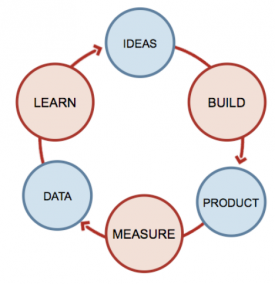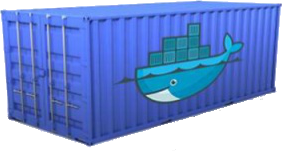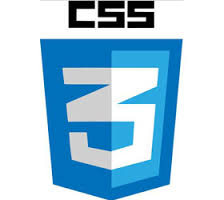Bundler Bulkheads for Rails on Docker

As part of my exploration of a minimum set of devops tools, I’ve been learning how to stack containers full of Rails apps onto the Docker. There are plenty of examples of how to get started with Rails and Postgres on Docker, even one from the whale’s mouth, as it were. Working from this example, it was pretty clear to me that one of Docker’s major strengths is that it makes it really, really easy to get something running with a minimum of fuss; it took all of about a half day to learn enough Docker to hoist anchor, and even tweak a few things to my liking. One thing kept nagging me about the Docker example, though, and that was a warning from bundler when running docker-compose.









